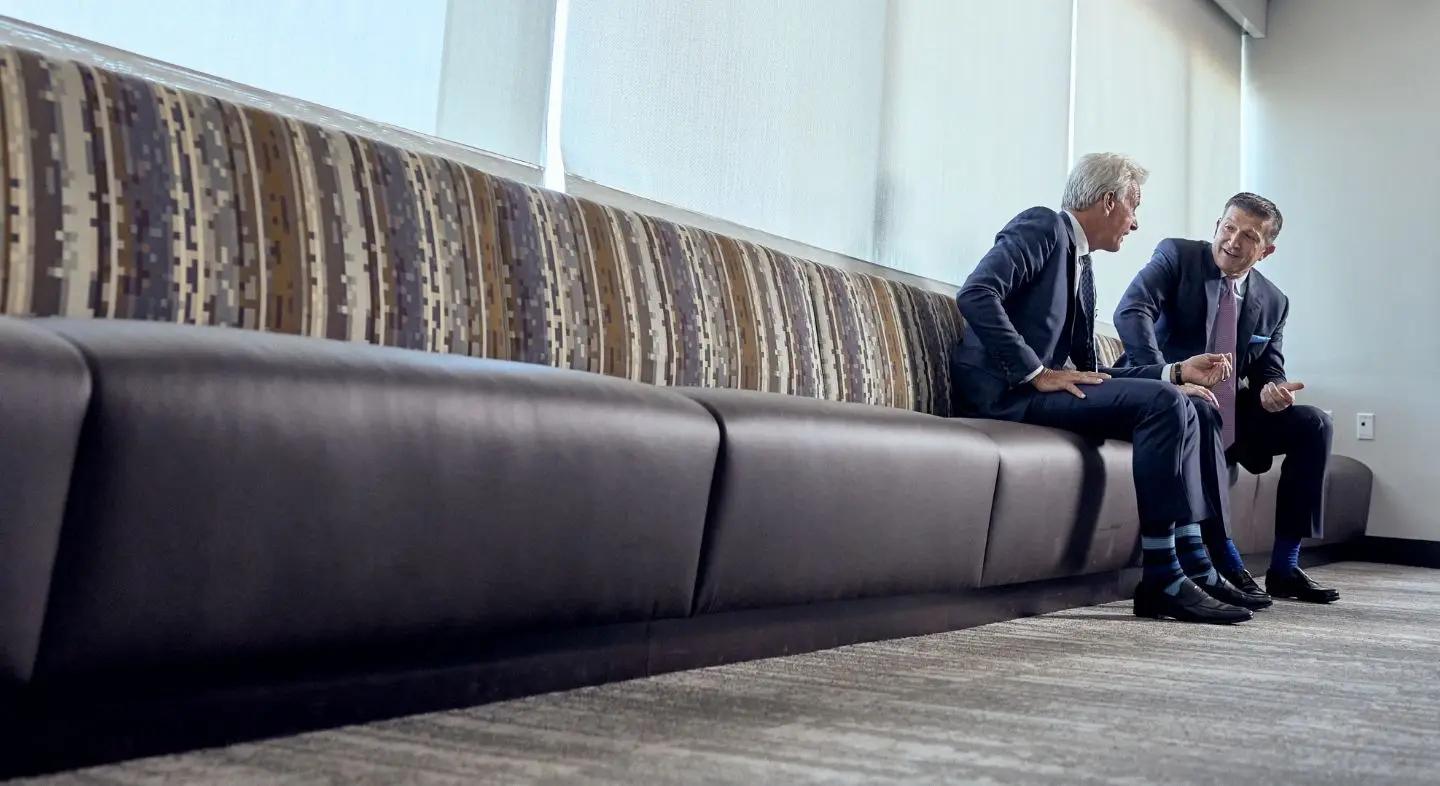July 03, 2024
Improve Your Client Relationships By Communicating With Clients on Their Own Terms

Filed in:
Table of Contents
When they begin their legal careers, many attorneys believe that because their clients hired them to advise them on their legal or business issues, those clients will promptly respond to every communication those attorneys send, will do what the attorneys ask of them, and will generally agree with the attorneys’ recommendations regarding what they should do to resolve their legal or business issues.
After a few client interactions, however—perhaps within the first few weeks of their legal careers—some attorneys will realize that clients may not always promptly respond to communications, do what is asked of them, nor agree with their attorney’s guidance. For attorneys who have experienced this, it is easy to get frustrated and tempting to blame clients for hiccups in their relationships.
But over time, I have come to realize that when our client interactions do not go well, we attorneys have no one to blame but ourselves. When we experience hiccups in our client relationships, we need to consider whether we are communicating with our clients effectively and in a way that resonates with them. As I have progressed in my career, I have discovered the importance of communicating with clients on their own terms.
It is incumbent upon attorneys to communicate with our clients the way they want to be communicated with
A one-size-fits-all approach to client communications does not work where client backgrounds and demographics are often as varied as their legal issues. Clients come with their own set of communication preferences, influenced by factors like their age, cultural background, and technological comfort. Even clients who share similar demographics and psychographics might prefer you communicate with them differently.
Some clients will prefer emails and texts over phone calls and will not engage with their attorney unless they have a question or otherwise have to. Other clients may only want the clarity and personal touch frequent phone calls, video calls, and in-person meetings offer. Some will value brief and direct exchanges, while others may appreciate informal exchanges with plenty of small talk.
Learning how your clients want to be communicated with is as easy as asking them soon after they retain you. An early conversation can save time and prevent misunderstandings down the road. This need not be a formal, hour-long conversation. It can be as simple as explaining to a client how often you typically communicate with clients and asking them which communication methods they prefer.
When we communicate with clients in the manner they want to be communicated with, they will be more likely to receive our communications and do what we ask of them in those communications, and be more willing to agree with our recommendations. This is all because we are providing them information and guidance in the mediums they are most likely to use, and thus most likely to pay attention to and consume content delivered through.
Attorneys should also understand their clients’ preferences for the form of communication
Knowing clients’ preferred methods and mediums for communication is only one aspect of communicating with them on their own terms. Equally important is attorneys understanding how their clients prefer to receive and consume information, and providing information that is both in that form and responsive to their questions and concerns.
For clients that tell you they are visual learners—which you will learn when you ask them how they prefer to receive and consume information—flowcharts, infographics, and even screen recordings of you talking them through certain documents may help them better understand the status of their matter, what’s next, and why you are recommending a certain path forward. For clients that are auditory learners, consider screen recordings, brief voice memos, audio recordings of meetings, and similar audio-first methods for communicating with them.
These methods might seem expensive and time-intensive to create, but given the technology available to us today, attorneys will not have to spend much money creating these communications. Additionally, they can delegate the task of creating visuals or audio snippets to their colleagues. Best of all, the vast majority of time, visuals and audio snippets can be reused from client to client, since it is rare that the overview of the discovery process, or the path from complaint to trial, will change from one client to another.
Even when you provide information in the form clients prefer, if the information is not responsive to their questions and concerns, they may not feel confident following your guidance. To avoid this, listen actively to your clients. Instead of biding time until it is your time to talk, listen to what your clients are telling you so you can determine both the surface-level concerns they have and others that they may not be telling you. Then, you can provide or reframe your advice in a way that responds to their concerns, giving them confidence that your guidance is the best way forward.
Communicating with clients on their own terms leads to better outcomes
When you communicate with your clients on their own terms, you can bring about better case outcomes. When clients feel they’ve been active participants in fighting their legal battles, they will be inclined to play their part effectively, providing the insights, documents, or approvals you need to successfully resolve their legal or business issues. They will be less likely to push back on your recommended strategies or tactics when they feel they’ve helped shape them (even if they simply agreed to your recommendations).
In addition, effective communication creates increased client satisfaction. Clients will feel their concerns were heard and responded to. When pleased with the service they received, they will come to their attorney in the future with additional legal issues, and are likely to refer friends and family to the attorney.
No matter what our clients’ communications preferences are, however, we must never forget that we are counselors to our clients. We are ethically—and I believe morally—bound to act in our clients’ best interests at all times, and provide guidance and counsel driven by those interests, even when that makes for tough conversations or challenges their preconceived notions. Regardless of the medium or method, our communications with our clients should always be infused with guidance that helps them make informed decisions about their legal matters so that they can be active participants in helping to resolve them favorably.
Daniel E. Pierson is a workers’ compensation associate at Pond Lehocky Giordano LLP, the largest workers’ compensation and social security disability law firm in Pennsylvania, and one of the largest in the U.S. He can be reached at dpierson@pondlehocky.com.
Republished with permission from the Pennsylvania Association for Justice’s Summer 2024 edition of Justice News.


